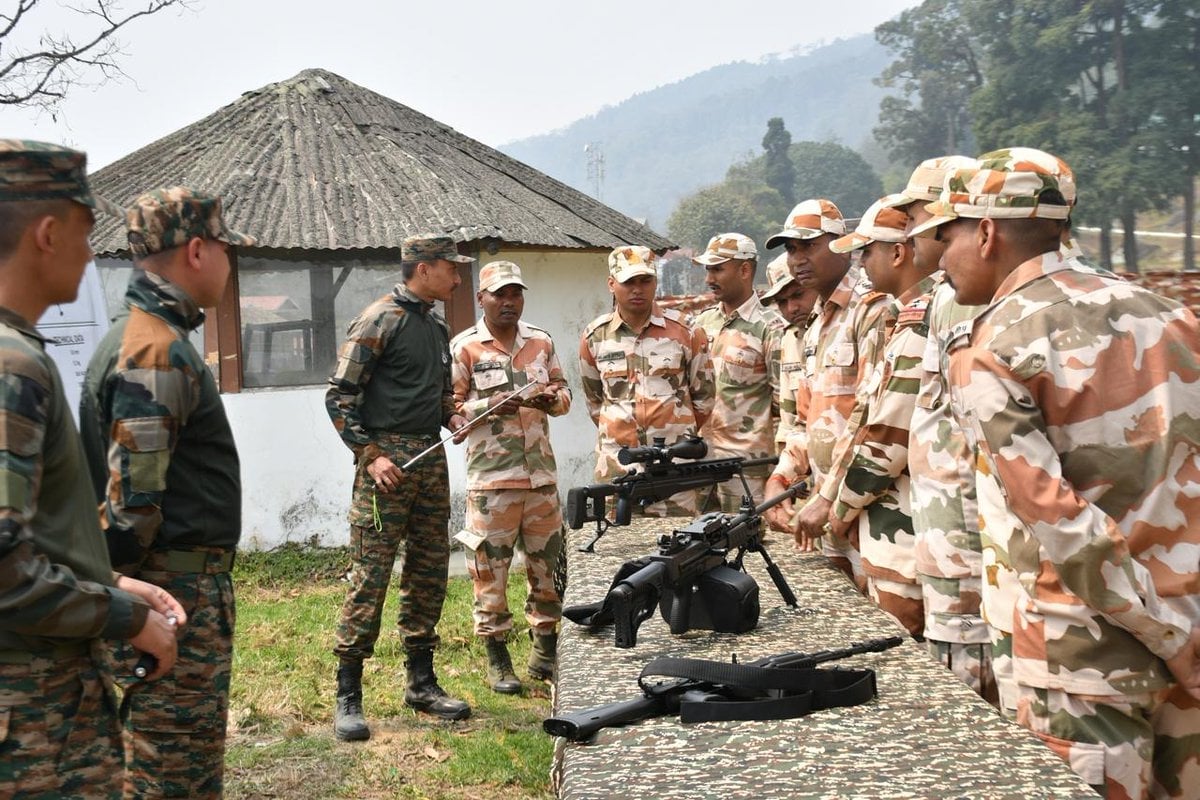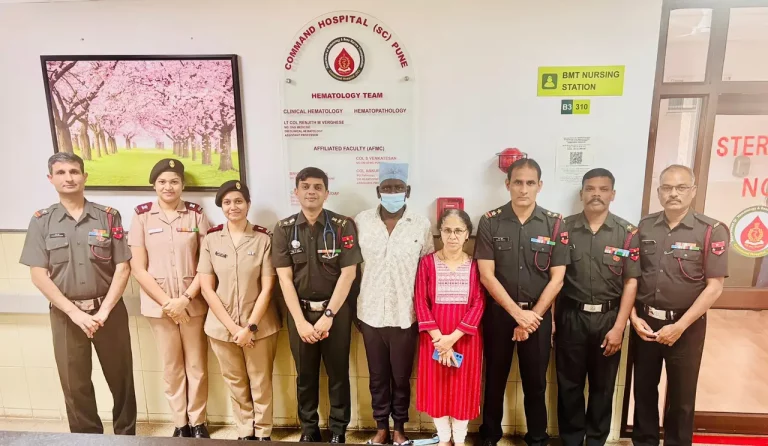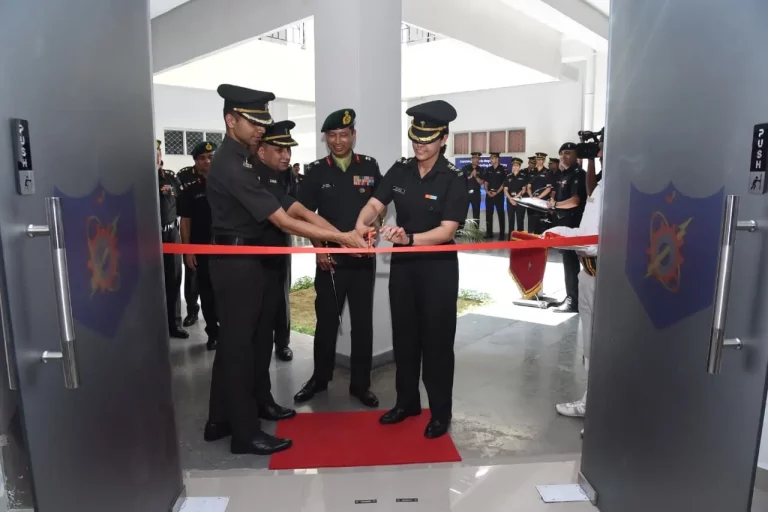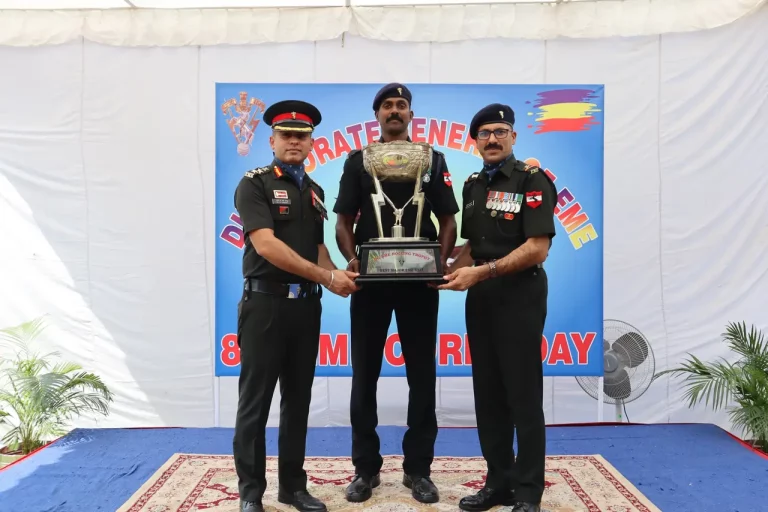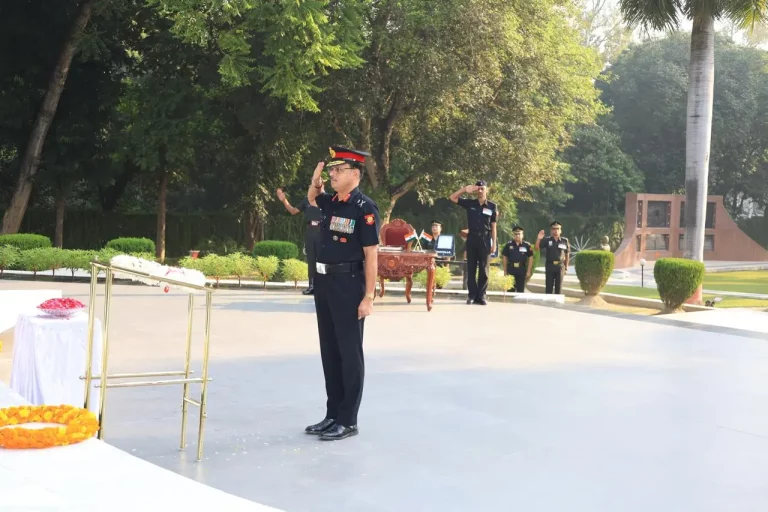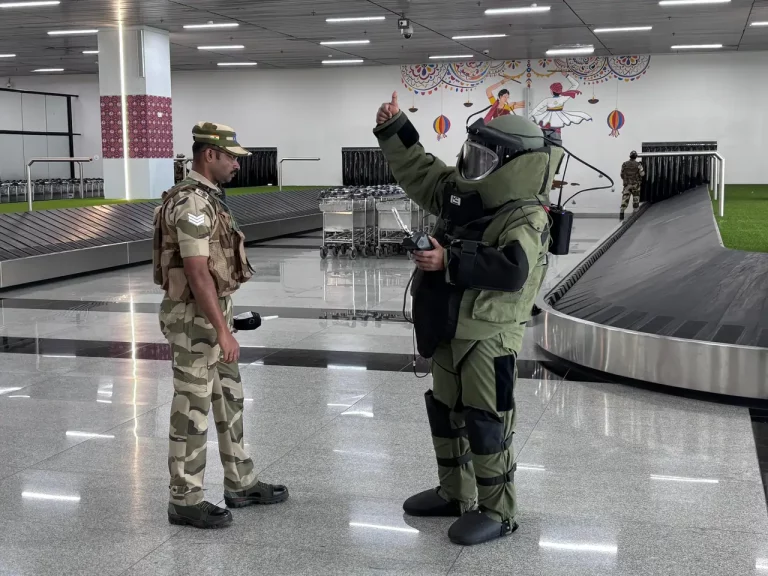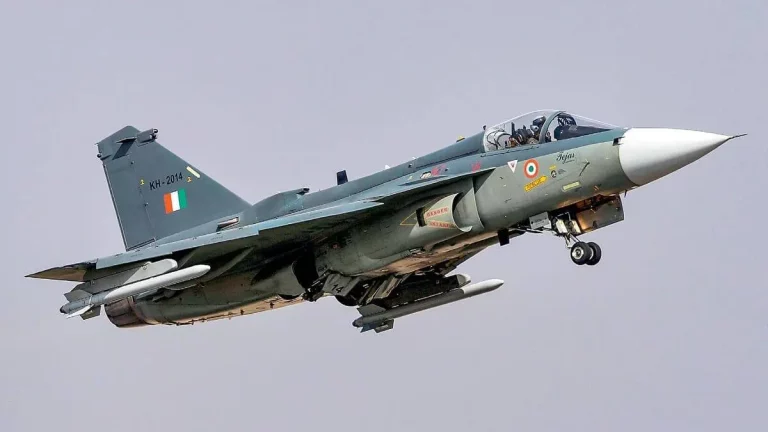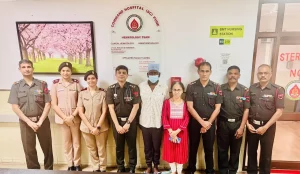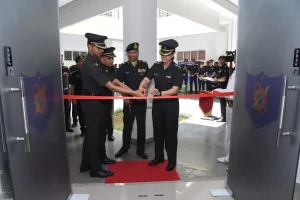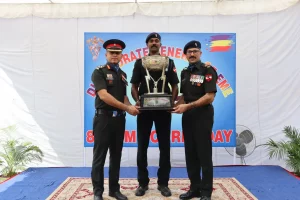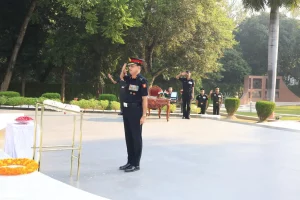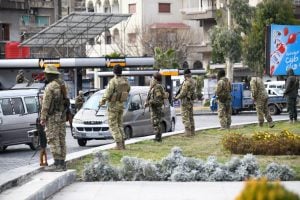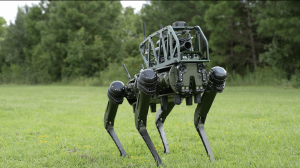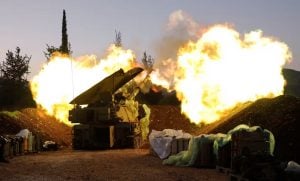In a significant development, the Indian Army’s XXXIII Corps, known as the Trishakti Corps, has successfully concluded “Exercise Sanyukt Abhyas” in the dense forested terrains near Sukna, North Bengal. This collaborative effort with the Armed Police Forces aimed at enhancing coordination and operational readiness reflects the Indian military’s commitment to executing seamless joint operations in a variety of challenging environments.
The rigorous training program comprised a series of tactical drills that required soldiers to navigate through dense foliage while utilizing natural cover. Participants executed synchronized movements in simulated combat scenarios, emphasizing stealth, precision, and real-time strategic coordination. The exercise included live tactical drills and thorough inspections of equipment, complemented by detailed operational briefings that enriched the overall learning experience.
Physical fitness was underscored as a vital component of combat preparedness, featuring synchronized drills like push-up sessions in open fields. These physical activities were balanced with classroom sessions held under camouflaged tents, which focused on strategic planning and operational instructions, fortifying the theoretical foundation necessary for effective field operations.
Headquartered in Sukna, the Trishakti Corps plays a crucial role in safeguarding India’s northeastern frontiers, encompassing key regions such as North Bengal, Sikkim, and Bhutan. With an estimated strength of 45,000 to 60,000 personnel, the Corps has historical significance, having been re-raised in 1960 and actively participated in the Indo-China War of 1962. Its strategic positioning near the Siliguri Corridor, often referred to as the narrow “Chicken’s Neck,” enhances its importance in India’s defense strategy, particularly in light of regional tensions, including the 2017 Doklam standoff.
“Exercise Sanyukt Abhyas” is aligned with the Indian Armed Forces’ ongoing push for “jointmanship,” a doctrine advocating integrated operations among various security agencies. This approach gained traction after the lessons learned from the 1999 Kargil War and forms a core part of India’s modern defense reforms, which include initiatives like the proposed Indian National Defence University.
A senior officer involved in the exercise commented on the importance of this joint training, stating, “This ensures we are prepared for any operational scenario, from high-altitude warfare to counter-insurgency operations. Our collaboration with the Armed Police Forces strengthens our ability to respond swiftly and effectively to emerging threats.”
The successful completion of “Exercise Sanyukt Abhyas” represents a notable advancement in fortifying India’s defense capabilities, particularly in the strategically sensitive northeast, as the region navigates evolving regional and global challenges.
